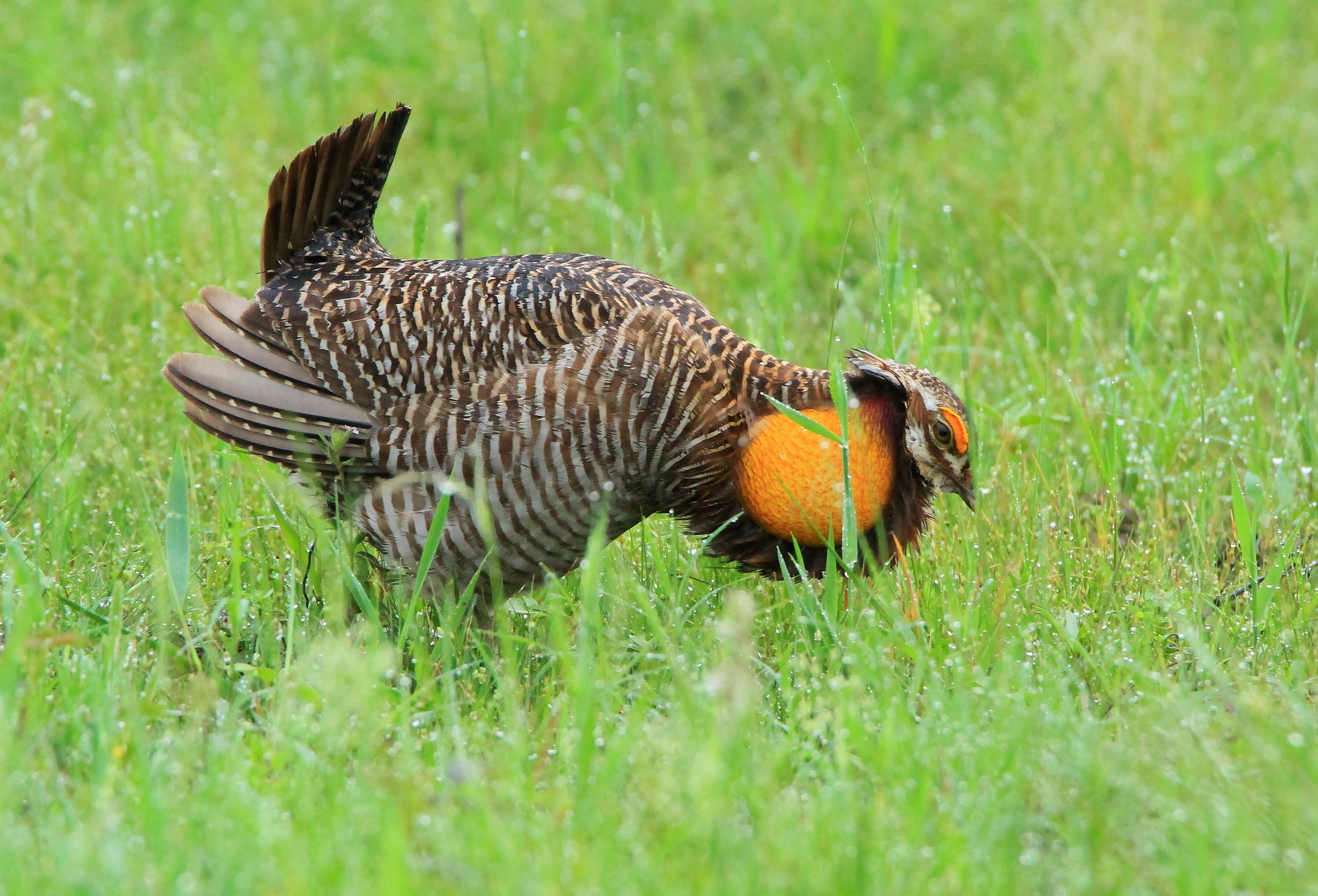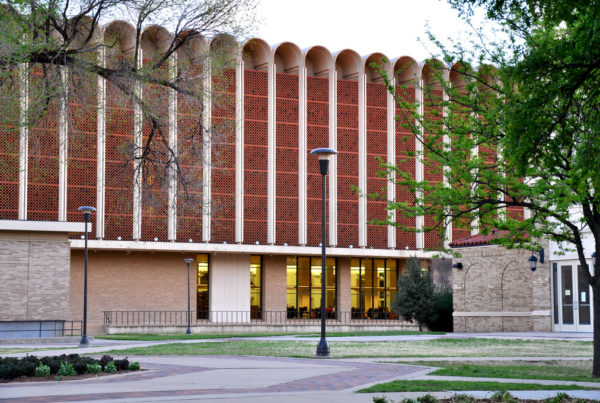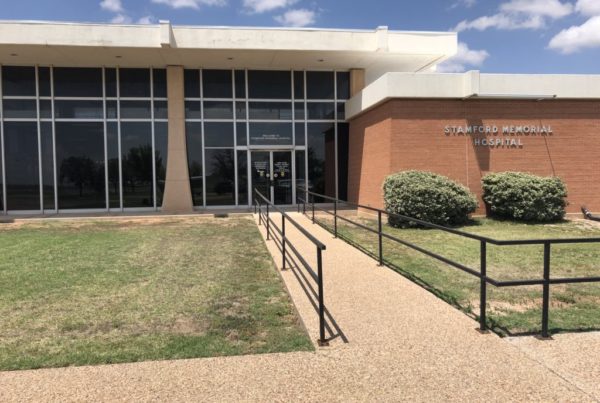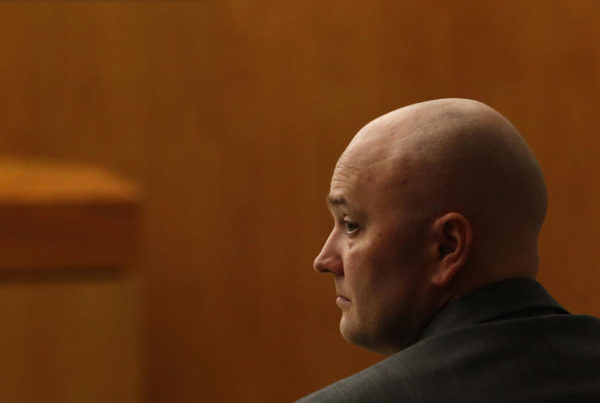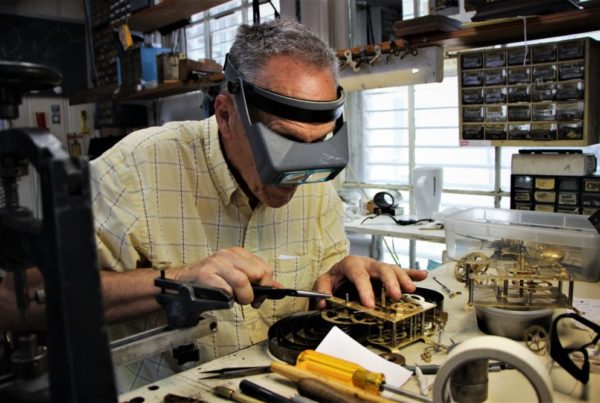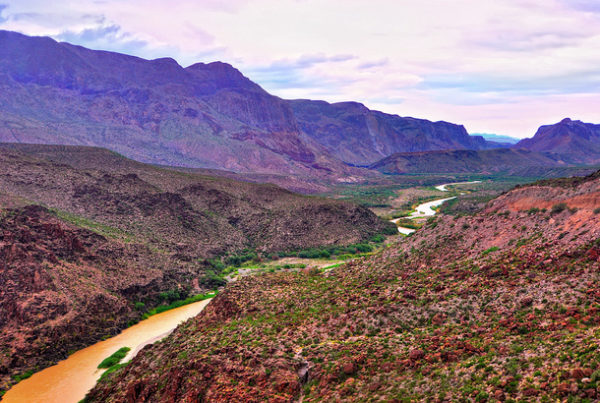Just an hour west of Houston in Eagle Lake, Texas is a national wildlife refuge for a bird that has been on the brink of extinction for 25 years. The Attwater Prairie Chicken calls the Texas coast home. So when Hurricane Harvey made landfall last year, the bird’s numbers in the wild dropped to 12 at the refuge and another 14 at a second release location in Goliad, Texas.
But while most will see an extinction story, those charged with the Attwater Prairie Chicken’s conservation don’t quite see it the same way. John Magera, refuge manager at the Attwater Prairie Chicken National Wildlife Refuge says these birds have been hanging on for a quarter of a century.
“I’ve been saying this for awhile now,” Magera says. “Really the ‘brink of extinction’ story is now about 25 years old for this species. In the mid-90s this bird was taken and a captive breeding program was started for it.”
Magera says the efforts of this program contributed to the substantial growth of the Attwater Prairie Chicken population.
“That captive breeding program has essentially saved this species,” he says. “And had we not had that captive breeding program the stories that everyone has read about Hurricane Harvey possibly causing the end of this species might have been true. But we are in much better shape today than we would have been had this happened 25 years ago.”
The ultimate goal, Magera says, is to get these birds off the endangered specials list. But in order to do that several thousand birds need to be in multiple locations in the wild, to prevent something like Hurricane Harvey from affecting an entire population.
The drought of 2011 also bought hard times to the Attwater Prairie Chicken – a setback Magera says they were rebounding from when the lands where they live were flooded by Harvey.
“We showed significant gains,” he says. “We actually tripled the wild population in five years. So we were making great strides here in the refuge and down in Goliad during that time. We just couldn’t predict–we had three 500-year floods in three consecutive years. No one could really plan for that.”
But with captive breeding facilities at the Fossil Rim Wildlife Center in Glen Rose, Texas, the Houston Zoo and the Caldwell Zoo near Tyler, Magera says conservatinists have the tools in place to increase the bird’s numbers.
“We’ve proven that we can bring this population back from low numbers. If it wasn’t for some pretty extraordinary weather events the last couple of years, I think we’d be looking at several hundred birds,” Magera says.
“We are all confident we are doing the right things. We just got to, hopefully, find a period of time where we are not getting slammed with 500-year floods.”


